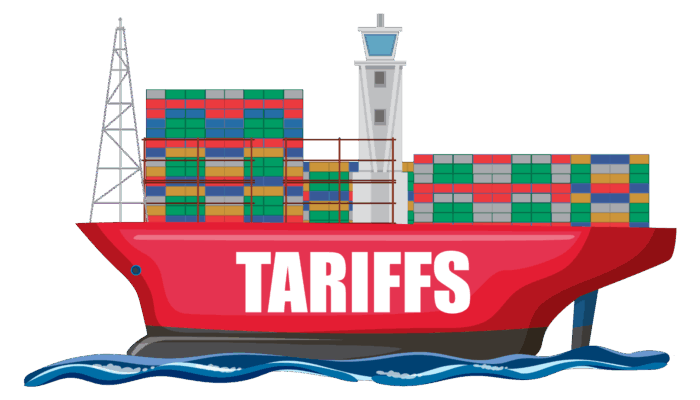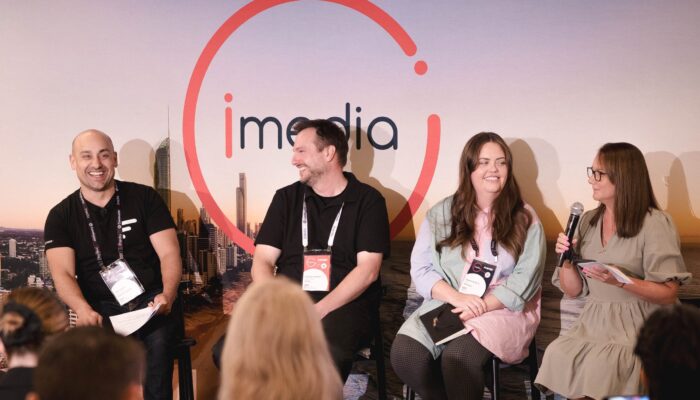This past U.S. summer an interesting thing happened. A few team members mentioned that when they placed a delivery order with their local grocery store they would also check another source. Instacart. They’d compare the two sites side-by-side. Why? Because the stock availability on Instacart was more accurate. Instacart knew more about on-the-shelf stockouts than the grocery stores did.
Can personal shoppers be used to increase stock accuracy?
Fast forward six months and two NRF sessions caught my attention. The first was by Scandit, the barcode scanning solution that’s used by both used by Shipt (the delivery service now owned by Target) and Instacart to enable a more efficient and error-free pick and pack process. The session covered how these professional shoppers constantly roam the store shelves in search of products and use the Shipt or Instacart apps to flag out of stocks and manage substitutions. In short, they offer a treasure trove of out of stock data. No wonder Shipt was bought by Target in 2017.
Meanwhile, in a different session, a home goods retailer (who spoke anonymously) mentioned they were looking to integrate with Instacart as well. Long known as a ‘grocery only’ app it suddenly made sense. Why pay your own staff to walk the shelves and look for stockouts, when you can have your customers pay professional shoppers to do it for you?
If you can integrate that stockout data with your order management system, you’ll not only improve stock accuracy and reduce canceled orders, but provide a better customer experience. Moreover, if you have more stock in a backroom, you could also use stockout data to trigger restocking tasks for in-store staff so you don’t disappoint your in-store customers and potentially lose a sale.
What’s more, offering this type of delivery service helps address another major issue retailers face in 2020. Delivery capacity.
The case for more delivery options
There’s another key theme we’ve heard recently—both at NRF and from other retail discussions. It’s the need for more delivery options given the recent eCommerce boom. Why? There are three key drivers.
1. Order Processing Capacity
Many retailers have had their ability to fulfill online orders stretched to the limit over the past year. For some, warehouse capacity has been reduced due to new safety protocols, or because staff have been out sick, or facilities closed. Stores, often ill-equipped for high volume online order processing, have not only had to pick, pack and ship, but manage unprecedented numbers of Click and Collect or Buy Online Pickup In-Store (BOPIS) customers coming to pick up their orders, both in-store and curbside.
2. Delivery Delays
Carriers were overwhelmed too. In the United Kingdom, The Royal Mail blamed exceptionally high volumes. While in the United States, all three major carriers (USPS, UPS, Fedex) struggled—both with the high volumes and staff out with COVID. Fedex and UPS even put restrictions on large volume retail shippers in order to manage flow of orders.
What’s more, global shipper DHL expects capacity challenges to continue in 2021.
No doubt carriers will have plans to address this issue before peak season 2021, but the fact is, retailers can’t risk that sort of bad brand experience. They need to diversify their delivery options to mitigate the risk of carriers being backed up.
3. Delivery Costs
Moreover, the cost of delivery is expensive and increasing. Not only have rates risen, but delivery costs over peak season were significantly higher. In the U.S. UPS and Fedex started charging peak season surcharges much earlier than in past years. The charges were 20-60% higher than past years as well, and some surcharges will continue. Even USPS added peak season surcharges in 2020. Looking forward, in the U.K. The Royal Mail has hiked rates for 2021. And U.S. carriers will continue to apply surcharges in 2021, though with different approaches.
In addition, global container shipping costs have increased 30% since July 2020. This puts further cost pressure on already strained retail supply chains, and makes it imperative for retailers to find other ways to reduce their cost to serve.
Delivery Diversification is here to stay
As a result, retailers have rolled out new fulfillment options at an unprecedented rate. While personal shopper services for non-grocery retailers aren’t yet mainstream, Click and Collect or BOPIS has become an essential way to drive down delivery costs. So has curbside pick up. Looking for evidence that curbside isn’t a fad? Look no further than Walmart’s latest store redesign.
Once upon time Walmart wouldn’t have dreamed of doing curbside. Why have customers pick up their orders outside, when you can have them walk all the way to the Photo Center at the back of the store…. and grab a few other items on their way out? But 2020 has changed that.
Walmart’s new design includes clearly branded pickup areas in the parking lot. So while the big bump in curbside was largely due to safety concerns, it’s now clear that many customers enjoy the convenience. It also gives retailers a way to manage the volume of customer traffic at the store for pickup. Some inside, others curbside. And let’s face it, even big retailers want to encourage pickup to avoid delivery costs.
So as more retailers look to drive down their own delivery costs and often more convenient delivery and pickup options, we expect retailers continue to enhance their curbside offering, and explore more creative partnerships like a traditional home goods retailer with Instacart.




